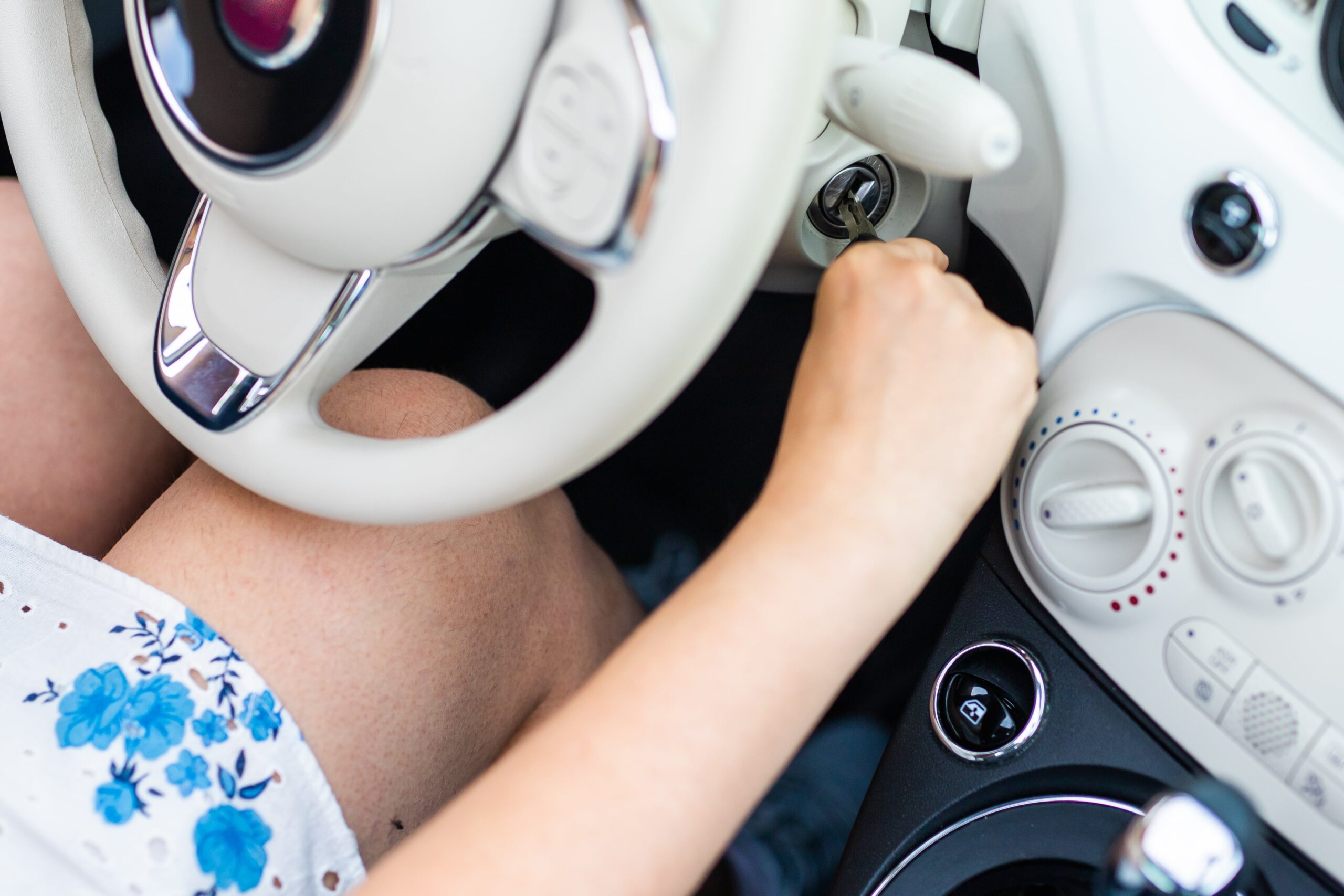17 Reasons To Not Ignore Seat Key

Why a Seat Ibiza Replacement Key Won't Work
The Ibiza is now fitted with a brand new generation of driver assistances. Travel Assist makes sure your vehicle is in sync with traffic flow while Lane Assist takes the worry out of changing lanes.
Take off the cover of the battery compartment on the key fob (A). By using a flat-head screwdriver a thumb nail to pry the cover upwards and replace the CR2025.
Dead Coin Battery
If your key fob isn't working and you haven't been capable of reprogramming it with an entirely new code, the most likely cause is a dead battery in the coin. By replacing it, you can bring it back to life and running again. You can do it yourself in under 10 minutes.
To replace the battery inside your seat ibiza replacement keys, flip it open from the non-metal ringed side first. There's a clip-on lid, which is opened by a lever with your nail. The battery that was used is put through the hole in the middle. Note: Changing the battery improperly or using the wrong battery could cause damage to the remote key. Always replace the battery using one with the same size, voltage and specification as the original.
If replacement key for seat ibiza was submerged in water, you might also need to clean the chip prior to replacing the battery. This is particularly important especially if you've dropped it into the ocean or in soapy wash water. This should be done immediately because exposure to water could damage the electronic chip and cause your key fob to stop functioning.
Worn Buttons
The most frequent reason for why a Seat Ibiza replacement key fails to function is due to the battery of the coin being dead. This is easy to fix and only takes a few minutes. The key fob may stop working if its buttons are worn. This is another fix and only requires you to swap the old keyshell for a new one.
It's important to know that the battery for the button should be replaced properly or damage may occur to the key fob. It is recommended to make sure you use a new battery that has the same size, voltage and specifications. It's important that the polarity is facing up on the new battery.
Rubber seals should keep water out of the key fob. However, submerging the key fob in water could cause the seals to break and harm the electronic chip inside. This happens most often when you accidentally drop your key fob into the pool or leave it in the rain. If your key fob does not work after replacing it or reprogramming it, the receiver module could be defective.
Water Damage
Rubber seals on the key fob keep water from getting to the electronic chip. However this doesn't stop occasional splash or bath. If your fob has survived a wash cycle, or swimming in the ocean it may have damaged the chip.
It is possible to fix this by taking off the battery and cleaning the chip with isopropyl alcohol or electronic cleaner. Allow it to dry completely, then put it back. If the chip is fried it will have to be replaced with a brand new one.

If your key fob won't work after changing the battery or reprogramming it, there could be a problem with the receiver module. This is the component in the car that receives signals from the key fob and relays them to the key ignition system. If you have a spare key fob you can test it. It should trigger the ignition system light turn on and the central locking button activate. If this does not occur it is possible that the receiver module may be faulty. This is a costly repair however it can be repaired by a professional at your local garage.
Radio Interference
The receiver module on your key could cause interference. This can be resolved with an alternative key and a new receiver module from Seat parts.
To replace the battery, take off the key and gently lift the cover of the key fob's battery compartment by using your thumb or a screwdriver that has a flat-headed head. Take off the old CR2025 battery and insert a new one, making sure it has the proper the polarity. You can also use a standard-sized key with the transponder chip transferring from the worn or damaged key. The chip can be coded and cut to fit your vehicle and, if required.
Faulty Receiver Module
The receiver module inside your key fob is what transmits radio signals to the car. If the fob ceases to function it could be because the module has failed. This can be diagnosed with an OBDII scan tool or by contact with the dealer.
The remote keyless entry system is vulnerable to interference from other devices that operate on the same frequency. This could include mobile phones, electrical devices, and even some household appliances.
If the key fob has been exposed to clean tap water, it may be possible to clean the chip using paper towels and isopropyl alcohol. If the key fob was submerged in salty or soapy water or left for a long period of time on a damp surface, it is almost certain to be damaged and require to be replaced.
To change the battery on your key fob, use the thumb nail or screwdriver with a flat head to pry open the cover of the button cell compartment (B). Remove the battery that was in there and replace it with the new CR2025, making sure that the "+" polarity of the battery is facing upwards.
